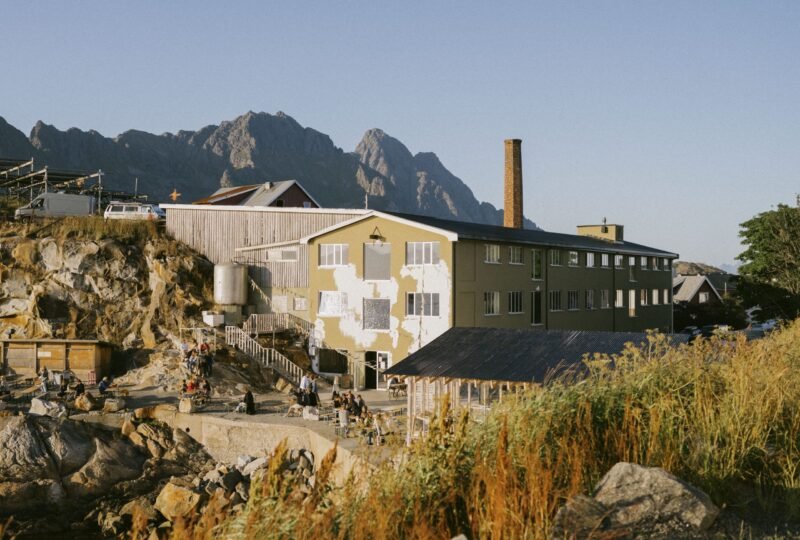Gentrification Of The Woods
We all know that more and more people across the world live in cities. However, a tiny countermovement is becoming visible. The urban creative elite has started to re-appreciate the rest and peace of the countryside. Exhausted by the urban creative ratrace and 24/7 connectedness, a growing group of urbanites is actively seeking a renewed connection with nature.
In the past years a couple of books have been published that celebrate the cabin in the woods as a new housing typology. The most amazing sheds are built on the most calm and quiet places on Earth. Not by lumberjacks, foresters and birdwatchers, but by the urban creative elite. Take Hide and Seek, a book that shows a good amount of pretty micro-houses in the most stunning landscapes all over the world. Cabin Porn by Vimeo founder Zach Klein does the same and is based on the ongoing research on his Cabin Porn blog. Both books are meant to inspire people who are looking for a simpler life close to nature.


It’s no surprise that the recent cabin trend started in the American tech community as a reaction to the increasing digitalization of our lifestyles. People that are most into it seem to be the first to get exhausted by fast urban dynamics. But it’s not only the cabins that reflect the renewed interest for the countryside. Also for working new rural-based concepts are popping up around the globe. KantoorKaravaan is a group of Dutch creatives who have transformed a bunch of trailers into small mobile co-working units. Inspired by Daniel Crochet’s quote “Nature connection will be the next big human trend”, the collective travels the nation’s most beautiful forests and parks to set up office. All twenty trailers are equipped with services for the 21st-century working nomad — Wi-Fi, electricity generated by solar panels, and, last but not least, coffee.



In Belgium we can find an initiative comparable to KantoorKaravaan. Design firm FIVE AM developed a mobile office that allows users to work in any given landscape. The mobile office, that can be transported by any normal car, includes a bed too for overnight use — which also reminds us of Design Bus of Swedish designer Erik Olovsson. In a reaction to the trend, Dutch company Seats2Meet has launched Seats4Silence, a special website advertising desks in co-working spaces in farms and barns on the countryside.

Books about hide-outs and cabins can be found on the coffee tables of design stores and cupcake shops, and hipsters dream about having a cabin in the woods. Will this re-appricition of the countryside by urban creative elite revitalize shrinking regions, or will it only occupy the landscapes close to the bigger cities? All in all, we see a striking similarity with classic gentrification processes in neighborhoods across big cities all around the world. First a couple of creative innovators discover the potential of a new place and a new lifestyle. But shortly after a bigger group will follow. Gentrification may no longer be a solely urban phenomenon, but also a process that takes place in forests and parks.
This article is part of Pop-Up City’s urban trends for 2016. Reflecting on what we’ve written in 2015 and looking into the new year, we’ve created a list of five remarkable urban trends in the coming year. Contact us if you’re interested in hearing more.



